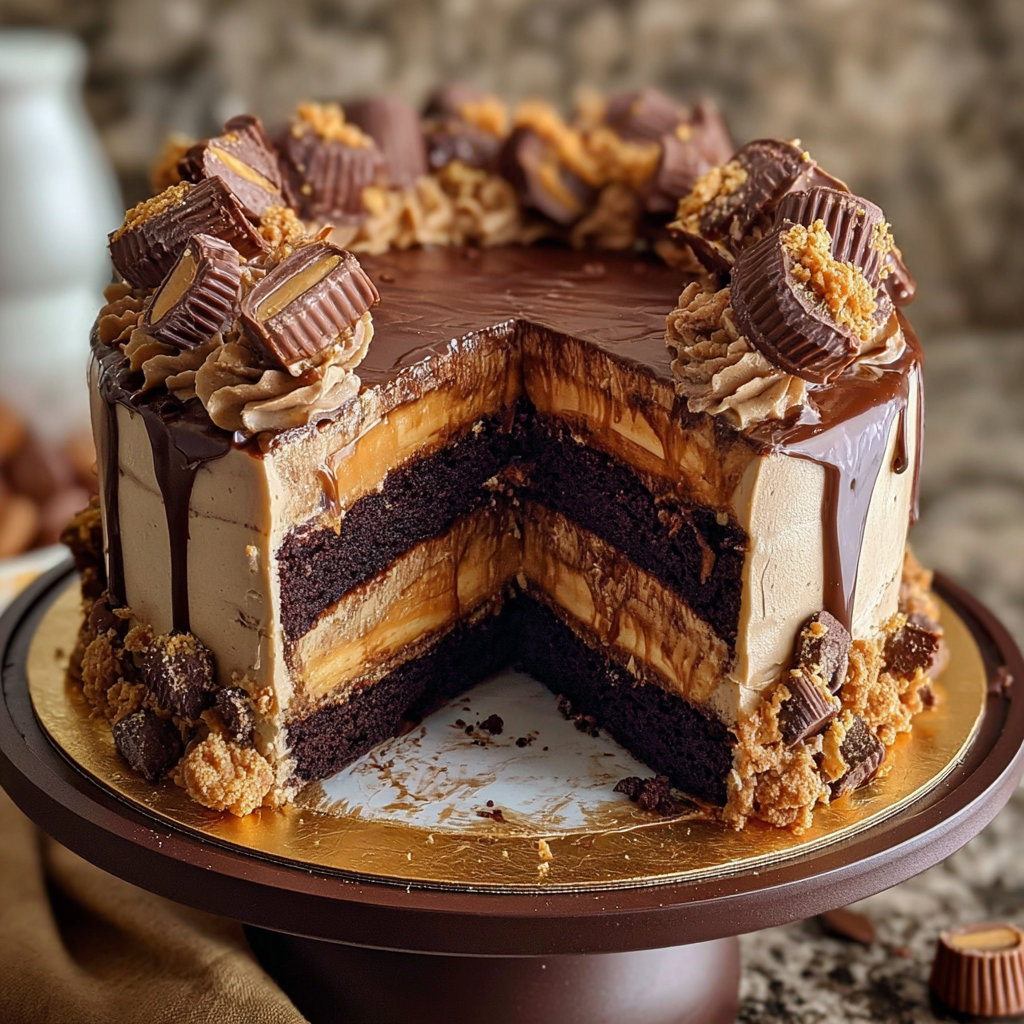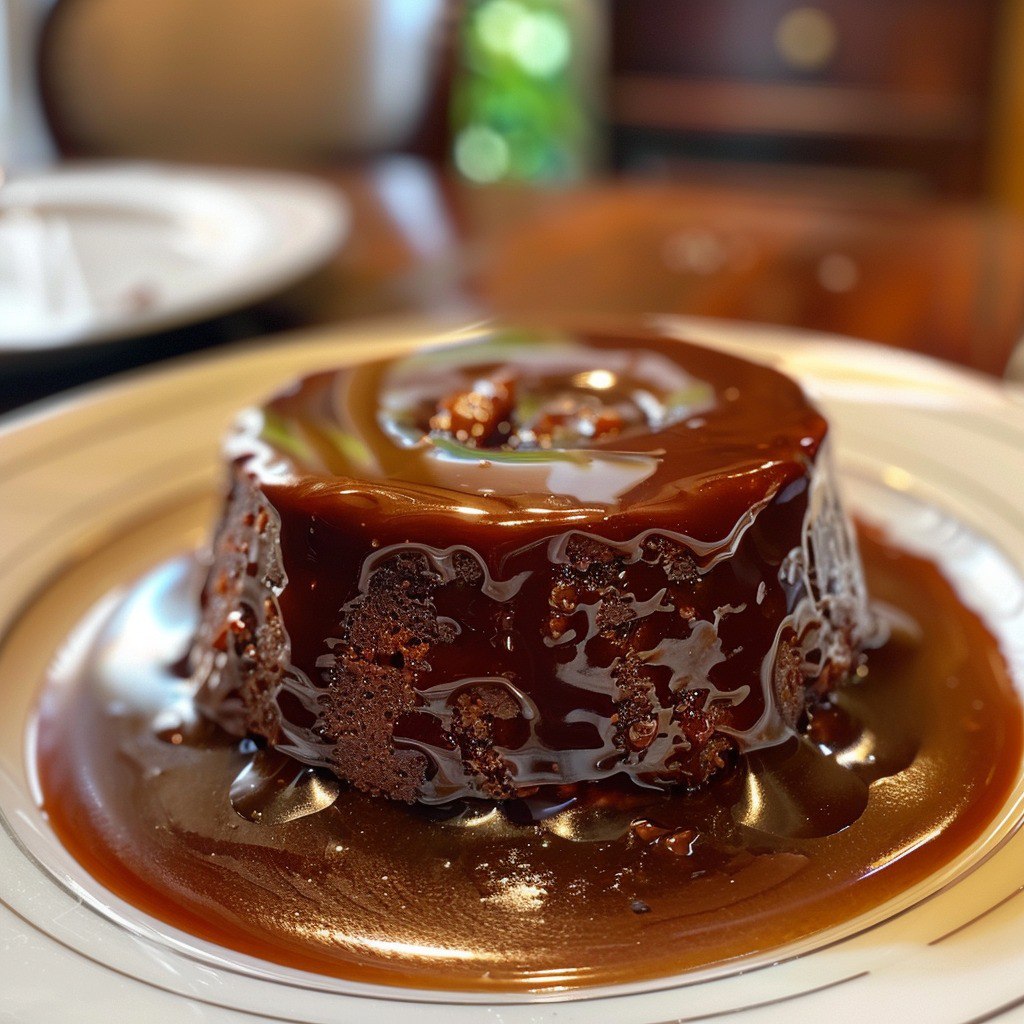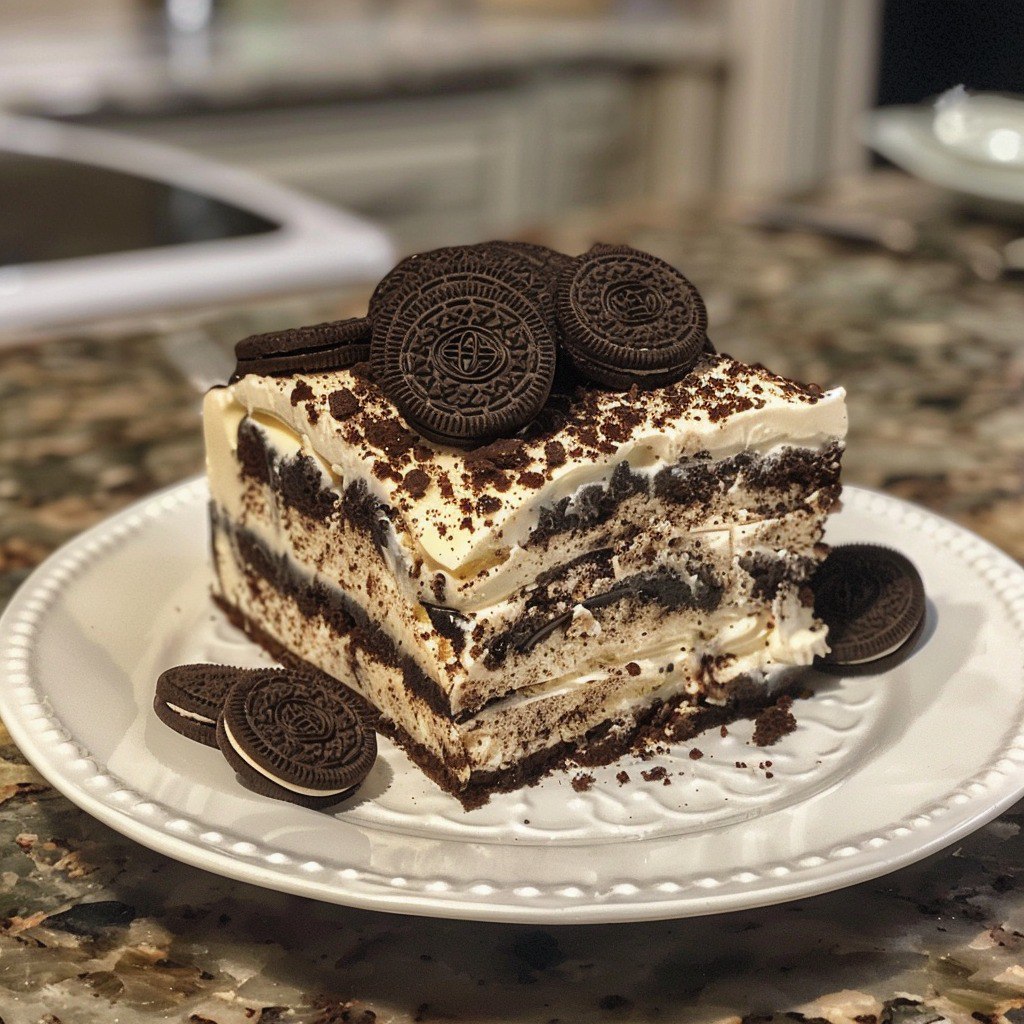Introduction
Picture golden, pillowy rounds of dough emerging from bubbling oil, their surfaces perfectly crispy while maintaining a tender, cloud-like interior. Indian frybread represents far more than just a delicious bread – it embodies centuries of Native American culinary tradition and cultural resilience. Moreover, this versatile bread serves as the foundation for countless dishes, from sweet treats drizzled with honey to hearty Indian tacos loaded with savory toppings.
Whether you’re exploring Native American cuisine for the first time or seeking to honor traditional cooking methods, Indian frybread offers an accessible entry point into rich cultural heritage. Additionally, its simple ingredient list and straightforward technique make it perfect for home cooks of any skill level.
Furthermore, the beauty of Indian frybread lies in its incredible versatility – equally delicious as a dessert topped with powdered sugar or as the base for a substantial meal. This comprehensive guide will teach you everything needed to create authentic, restaurant-quality Indian frybread in your own kitchen.
Why You’ll Love This Traditional Indian Frybread Recipe
This authentic Indian frybread recipe offers numerous advantages that make it perfect for any occasion. Here’s why it should become part of your regular cooking repertoire:
• It’s deeply rooted in tradition: Connects you to centuries of Native American culinary heritage • It’s incredibly versatile: Works perfectly for both sweet and savory applications • It’s budget-friendly: Uses simple, affordable pantry staples • It’s quick to make: Ready in under an hour from start to finish • It’s crowd-pleasing: Appeals to all ages and taste preferences • It’s customizable: Adapts to countless topping combinations • It’s authentic: Based on traditional preparation methods and ingredients • It’s satisfying: Provides comfort food satisfaction with every bite
Additionally, Indian frybread creates memorable experiences that bring families and communities together. Moreover, learning this traditional recipe helps preserve important cultural knowledge while creating delicious food that everyone can enjoy.
The Cultural Significance of Indian Frybread
Understanding the cultural importance of Indian frybread enriches the cooking experience significantly. This bread emerged from challenging historical circumstances, representing both survival and adaptation within Native American communities. Additionally, it demonstrates the remarkable ability to create something beautiful and nourishing from limited resources.
Today, Indian frybread appears at powwows, family gatherings, and cultural celebrations across North America. Moreover, it serves as a bridge between generations, with elders passing down techniques and stories to younger family members. Furthermore, each tribe and family often has slight variations that reflect regional preferences and available ingredients.
Preparing Indian frybread with respect and understanding honors the traditions behind this important food. Additionally, sharing it with others continues the spirit of community and hospitality that defines Native American culture.
Step-by-Step Guide to Perfect Indian Frybread
Creating authentic Indian frybread requires attention to detail and proper technique. Each step contributes to achieving the perfect balance of crispy exterior and tender interior that defines exceptional frybread.
Step 1: Preparing the Dough Foundation
The quality of your dough determines the success of your Indian frybread. Start by gathering these essential ingredients:
- 2 cups all-purpose flour
- 1 tablespoon baking powder
- 1/2 teaspoon salt
- 1 cup warm water
- Vegetable oil for frying
In a large mixing bowl, whisk together the flour, baking powder, and salt until evenly combined. Additionally, this dry mixing ensures even distribution of leavening agents throughout the flour. Moreover, proper mixing prevents pockets of concentrated baking powder that could create uneven rising.
Gradually add the warm water to the flour mixture while stirring continuously. Furthermore, adding water slowly allows for better hydration and prevents lumpy dough formation. Additionally, the water temperature should be warm but not hot, as excessive heat can activate the baking powder prematurely.
Stir the mixture until a cohesive dough forms, then turn it onto a lightly floured surface. Moreover, the dough should feel slightly sticky but manageable – avoid adding too much flour during this stage.
Step 2: Kneading and Resting Process
Knead the dough for 3-5 minutes until it becomes smooth and elastic. Additionally, proper kneading develops the gluten structure that gives frybread its characteristic texture. Moreover, well-kneaded dough will stretch without tearing when gently pulled.
The dough should feel soft and slightly tacky to the touch when properly kneaded. Furthermore, over-kneading can result in tough frybread, so stop when the dough appears smooth and elastic.
Cover the kneaded dough with a clean kitchen towel and allow it to rest for 10-15 minutes. Additionally, this resting period allows the flour to fully hydrate and the gluten to relax. Moreover, rested dough rolls out more easily and produces better texture in the finished frybread.
Step 3: Shaping and Frying Technique
Divide the rested dough into 6-8 equal-sized portions, rolling each into a smooth ball. Additionally, consistent sizing ensures even cooking times and uniform results. Moreover, cover the dough balls with a towel to prevent surface drying while you work.
On a lightly floured surface, roll each dough ball into a circle or oval shape approximately 1/4 inch thick. Furthermore, avoid rolling too thin, as this can cause the frybread to become crispy rather than maintaining the desired tender interior.
Heat vegetable oil in a large skillet or deep fryer to exactly 350°F (175°C). Additionally, maintaining proper oil temperature is crucial for achieving golden-brown color without greasiness. Moreover, use a candy thermometer for accurate temperature monitoring.
Carefully slide one shaped dough round into the hot oil. Furthermore, the frybread should immediately begin bubbling and puffing as it hits the oil. Additionally, fry for 1-2 minutes on the first side until golden brown, then flip using tongs.
Fry the second side for another 1-2 minutes until evenly golden brown and fully puffed. Moreover, properly cooked frybread should sound hollow when tapped gently. Additionally, avoid overcrowding the pan, as this lowers oil temperature and results in greasy bread.
Advanced Tips for Superior Indian Frybread
Mastering these professional techniques elevates your Indian frybread from good to exceptional:
Maintain consistent oil temperature: Use a thermometer and adjust heat as needed between batches. Additionally, oil that’s too cool creates greasy frybread, while oil that’s too hot burns the exterior before cooking the interior.
Don’t overwork the dough: Handle gently to maintain the tender texture that defines authentic frybread. Moreover, excessive handling develops too much gluten, resulting in tough bread.
Create proper thickness: Roll to consistent 1/4-inch thickness for optimal texture balance. Furthermore, thinner pieces become too crispy, while thicker ones may not cook through properly.
Watch for visual cues: Properly cooked frybread should be golden brown and puffed like a pillow. Additionally, it should sound hollow when tapped lightly with tongs.
Drain properly: Allow excess oil to drain on paper towels immediately after frying. Moreover, proper draining prevents sogginess and maintains the crispy exterior.
Traditional and Modern Topping Ideas for Indian Frybread
The versatility of Indian frybread shines through its compatibility with countless topping combinations. Additionally, both traditional and contemporary options create delicious experiences that satisfy various preferences.
Classic Sweet Toppings:
- Honey drizzled generously over warm frybread
- Powdered sugar dusted evenly across the surface
- Homemade jams and preserves, especially berry varieties
- Maple syrup with a sprinkle of cinnamon
- Fresh berries with a dollop of whipped cream
Traditional Savory Applications:
- Indian tacos with seasoned ground beef, beans, lettuce, and cheese
- Chili ladled over torn pieces of frybread
- Navajo tacos with traditional toppings and salsas
- Bean and cheese combinations for hearty meals
- Green chile and cheese for southwestern flavor
Modern Creative Options:
- Pulled pork with coleslaw for fusion appeal
- Mediterranean toppings like hummus and vegetables
- Breakfast versions with eggs and bacon
- Pizza-style toppings with marinara and mozzarella
- Ice cream and fruit for dessert presentations
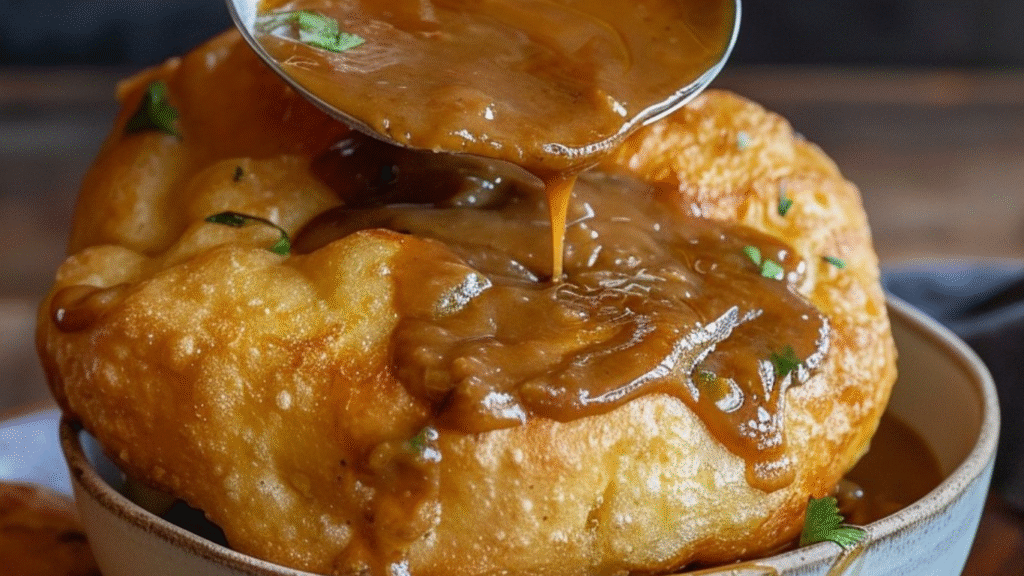
Nutritional Considerations for Indian Frybread
Understanding the nutritional profile helps you enjoy Indian frybread as part of a balanced diet. Each piece contains approximately 200 calories, primarily from carbohydrates and the oil used for frying. Additionally, the bread provides some protein from the flour and essential nutrients from fortified all-purpose flour.
While Indian frybread is a treat rather than a health food, it can fit into various eating plans when enjoyed in moderation. Moreover, choosing nutritious toppings like beans, vegetables, and lean proteins increases the overall nutritional value significantly.
Furthermore, the cultural and emotional satisfaction derived from sharing traditional foods often outweighs strict nutritional considerations. Additionally, making frybread at home allows you to control ingredients and preparation methods.
Common Mistakes to Avoid When Making Indian Frybread
Even experienced cooks can encounter challenges when making Indian frybread. Here are the most frequent errors and how to prevent them:
Using incorrect oil temperature: Too cool oil creates greasy, heavy frybread while too hot oil burns the exterior. Additionally, invest in a reliable thermometer for consistent results.
Overworking the dough: Excessive kneading or handling creates tough, dense frybread. Moreover, gentle handling preserves the tender texture that defines quality frybread.
Rolling too thin or thick: Improper thickness affects cooking times and final texture. Furthermore, aim for consistent 1/4-inch thickness throughout all pieces.
Skipping the resting period: Unrested dough is difficult to roll and may spring back. Additionally, resting allows gluten to relax and flour to fully hydrate.
Overcrowding the frying pan: Too many pieces lower oil temperature and create uneven cooking. Moreover, fry in small batches for best results.
Storage and Reheating Tips for Indian Frybread
Properly stored Indian frybread maintains quality for several days. Additionally, understanding storage and reheating techniques helps you enjoy leftovers without compromising texture or flavor.
Room Temperature Storage: Cool completely before storing in airtight containers at room temperature for up to 2 days. Additionally, avoid refrigeration, as it makes the bread tough and chewy.
Freezing Instructions: Wrap individual pieces in plastic wrap, then store in freezer bags for up to 3 months. Moreover, frozen frybread thaws quickly at room temperature.
Reheating Methods: Oven reheating at 350°F for 5-7 minutes restores crispiness best. Additionally, wrap in foil to prevent over-browning while heating through.
Microwave Alternative: For quick reheating, use 20-30 second intervals to warm without making the bread tough. However, this method won’t restore the original crispy texture.
Regional Variations of Indian Frybread
Different tribes and regions have developed unique variations of frybread that reflect local ingredients and preferences. Additionally, understanding these variations enriches appreciation for the breadth of Native American culinary traditions.
Southwestern Style: Often includes blue corn meal or masa harina for distinctive flavor and color. Moreover, these variations reflect the agricultural traditions of southwestern tribes.
Plains Region Adaptations: May incorporate buffalo fat or other traditional fats when available. Additionally, these versions often have thicker, more substantial textures.
Pacific Northwest Variations: Sometimes include salmon or other regional ingredients in accompanying dishes. Furthermore, these adaptations reflect the abundant seafood resources of the region.
Modern Adaptations: Some contemporary versions incorporate whole wheat flour or other healthier alternatives. Moreover, these modifications maintain traditional techniques while addressing modern nutritional concerns.
Troubleshooting Your Indian Frybread
Sometimes frybread doesn’t turn out as expected. Here’s how to identify and fix common problems:
Frybread is too dense: The dough may be overworked or the oil temperature too low. Additionally, ensure proper measuring of baking powder for adequate leavening.
Not puffing properly: Oil temperature is likely too low, or the dough is rolled too thin. Moreover, fresh baking powder is essential for proper rising.
Too greasy: Oil temperature is too low, causing excess oil absorption. Furthermore, ensure proper draining immediately after frying.
Burning too quickly: Oil temperature is too high – reduce heat and monitor carefully. Additionally, some stoves heat unevenly, requiring temperature adjustments.
Tough texture: Dough may be overworked or flour measurement incorrect. Moreover, gentle handling throughout the process prevents toughness.
Serving Suggestions for Indian Frybread
The presentation and serving style can enhance the Indian frybread experience significantly. Additionally, thoughtful presentation shows respect for the cultural significance of this traditional food.
Family Style Serving: Place warm frybread on platters with various toppings arranged around them. Moreover, this encourages sharing and conversation around the meal.
Individual Presentations: Serve each person their own frybread with chosen toppings arranged attractively. Additionally, this works well for more formal dining situations.
Buffet Style: Set up a frybread bar with multiple topping options for customization. Furthermore, this approach works perfectly for larger gatherings and celebrations.
Traditional Presentations: Research and incorporate traditional serving methods when appropriate. Moreover, understanding cultural context adds meaning to the dining experience.
FAQs About Indian Frybread
Q: Can I make Indian frybread ahead of time? A: Indian frybread is best served fresh and warm for optimal texture and flavor. Additionally, you can prepare the dough several hours ahead and fry just before serving. Moreover, leftover frybread can be stored and reheated, though the texture won’t be quite the same as fresh.
Q: What type of oil is best for frying Indian frybread? A: Vegetable oil, canola oil, or peanut oil work excellently due to their neutral flavors and high smoke points. Additionally, avoid olive oil, as its lower smoke point and strong flavor aren’t ideal for frying. Moreover, use enough oil to allow the frybread to float freely.
Q: Can I bake Indian frybread instead of frying? A: While frying is traditional and produces the authentic texture, you can bake at 450°F for 8-10 minutes for a healthier alternative. Additionally, brush with oil before baking for better browning. However, the texture will be different from traditional frybread.
Q: How do I know when the oil is the right temperature? A: Use a candy thermometer to maintain 350°F (175°C). Additionally, you can test by dropping a small piece of dough – it should immediately bubble and rise to the surface. Moreover, consistent temperature ensures even cooking and proper texture.
Q: Why isn’t my frybread puffing up? A: This usually indicates oil temperature that’s too low or expired baking powder. Additionally, ensure the dough isn’t rolled too thin, as this prevents proper puffing. Furthermore, fresh baking powder is essential for the chemical reaction that creates puffing.
Q: Can I make gluten-free Indian frybread? A: Yes, you can substitute gluten-free flour blends, though the texture will differ from traditional frybread. Additionally, you may need to adjust liquid amounts slightly. Moreover, some experimentation may be needed to achieve desired results.
Q: What’s the cultural significance of Indian frybread? A: Indian frybread holds deep cultural meaning within Native American communities, representing both survival and adaptation through difficult historical periods. Additionally, it serves as a connector between generations and appears at important cultural gatherings. Moreover, preparing it with respect honors these traditions.
Teaching Indian Frybread to Others
Sharing the knowledge of making Indian frybread helps preserve this important cultural tradition. Additionally, teaching others creates opportunities to discuss the cultural significance and history behind the bread.
Start with the story: Explain the cultural importance and historical context before beginning cooking. Moreover, this provides meaningful context that enhances the learning experience.
Demonstrate technique: Show proper kneading, rolling, and frying techniques rather than just explaining them. Additionally, hands-on learning helps students understand the feel of properly prepared dough.
Encourage respect: Emphasize the cultural significance and importance of approaching the recipe with respect and understanding. Furthermore, discuss how food traditions connect communities across generations.
Share variations: Teach about different regional adaptations and family traditions. Moreover, this helps students understand the diversity within Native American culinary traditions.
Seasonal Celebrations with Indian Frybread
Indian frybread plays important roles in seasonal celebrations and cultural events throughout the year. Additionally, understanding these connections deepens appreciation for the bread’s cultural significance.
Powwow Seasons: Summer powwows often feature frybread stands and competitions. Moreover, these gatherings provide opportunities to experience authentic preparations and regional variations.
Harvest Celebrations: Fall gatherings may incorporate seasonal ingredients in toppings and accompaniments. Additionally, these celebrations connect food traditions with agricultural cycles.
Family Gatherings: Holiday meals often include frybread as a bridge between traditional and contemporary foods. Furthermore, these occasions allow for intergenerational knowledge sharing.
Cultural Education Events: Schools and community centers may feature frybread making as part of cultural education programs. Moreover, these events help preserve and share important traditions.
Conclusion
Indian frybread represents far more than just delicious bread – it embodies resilience, tradition, and the enduring strength of Native American culture. Moreover, learning to make authentic frybread connects us to centuries of culinary wisdom while creating opportunities for cultural understanding and appreciation.
From its simple ingredients to its complex cultural significance, Indian frybread teaches us that the most meaningful foods often carry the deepest stories. Additionally, the versatility that allows it to serve as both humble sustenance and celebratory feast reflects the adaptability that defines human survival and creativity.
Print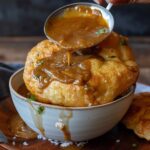
The Complete Guide to Authentic Indian Frybread: Traditional Recipe & Cultural Heritage
- Total Time: 50 mins
Description
Discover the delicious tradition of Indian frybread with this easy-to-follow recipe that’s perfect for enjoying with sweet or savory toppings!
Ingredients
2 cups all-purpose flour
1 tablespoon baking powder
1/2 teaspoon salt
1 cup warm water
Vegetable oil for frying
Instructions
In a large mixing bowl, whisk together flour, baking powder, and salt.
Gradually add warm water to the flour mixture, stirring until a dough forms. Knead the dough for a few minutes until smooth and elastic.
Cover the dough with a clean kitchen towel and let it rest for 10-15 minutes.
Divide the dough into 6-8 equal-sized balls.
On a lightly floured surface, roll out each dough ball into a circle or oval shape, about 1/4 inch thick.
In a large skillet or deep fryer, heat vegetable oil to 350°F (175°C).
Carefully place one dough round into the hot oil and fry for 1-2 minutes on each side, or until golden brown and puffed up. Use tongs to gently flip the frybread.
Remove frybread from the oil and drain on paper towels. Repeat with remaining dough rounds.
Serve warm with your choice of toppings, such as honey, powdered sugar, jams, savory chili, beans, cheese, or lettuce and tomato for Indian tacos.
Prep Time: 30 minutes
Kcal: Approximately 200 per serving


